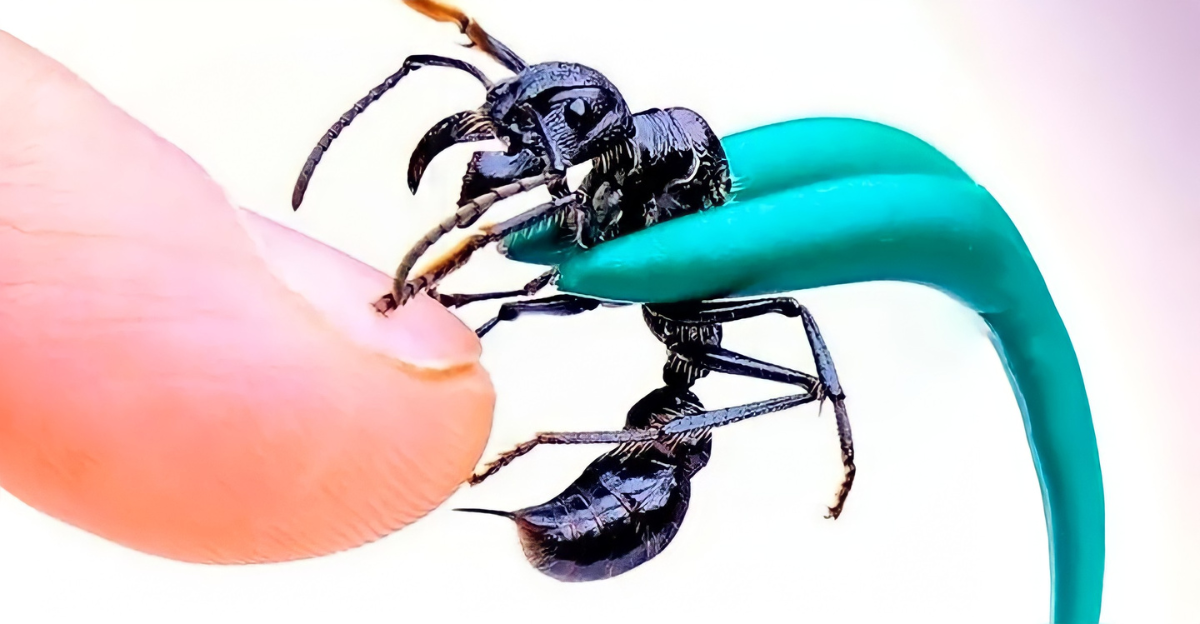
A new threat is creeping. There’s insidiously across American territory—and it’s smaller than a paperclip. Researchers warn about a sneaky insect whose sting can be more than just painful; it can be deadly. Compared to fire ants, these invaders are not easily spotted—and they’re not making their typical fuss.
Instead, they’ve taken the quiet path, quietly infesting forests and suburbs in 20 American states. Who—or what—are they? And why should we care? Let us plunge into the tale of the Asian needle ant, a small invader leaving a lethal mark.
Not Your Average Ant
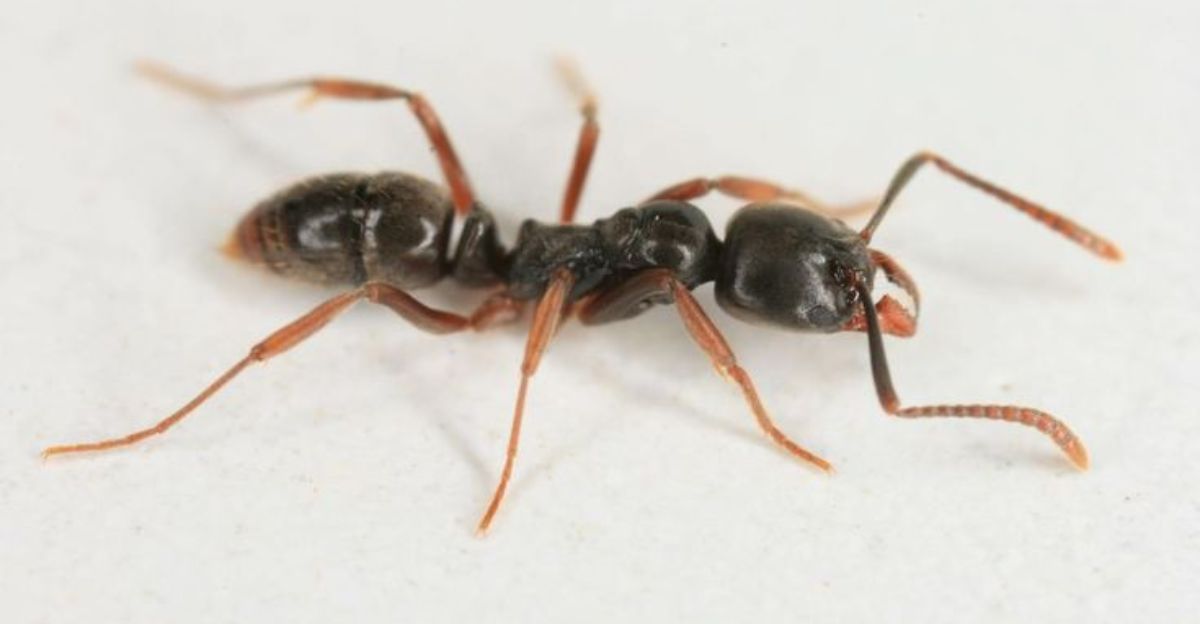
They might appear to be normal ants at first, but Asian needle ants are anything but. They’re less than a quarter inch long but are stealthy, quick, and straight-up deadly.
Their sting isn’t just painful—it’s poisonous. Are you allergic to bees, or do know someone who is? Well, getting stung by an Asian needle ant could be worse. But these ants don’t usually make giant mounds, so most people don’t even know they’re there.
The Quiet Climb Across America
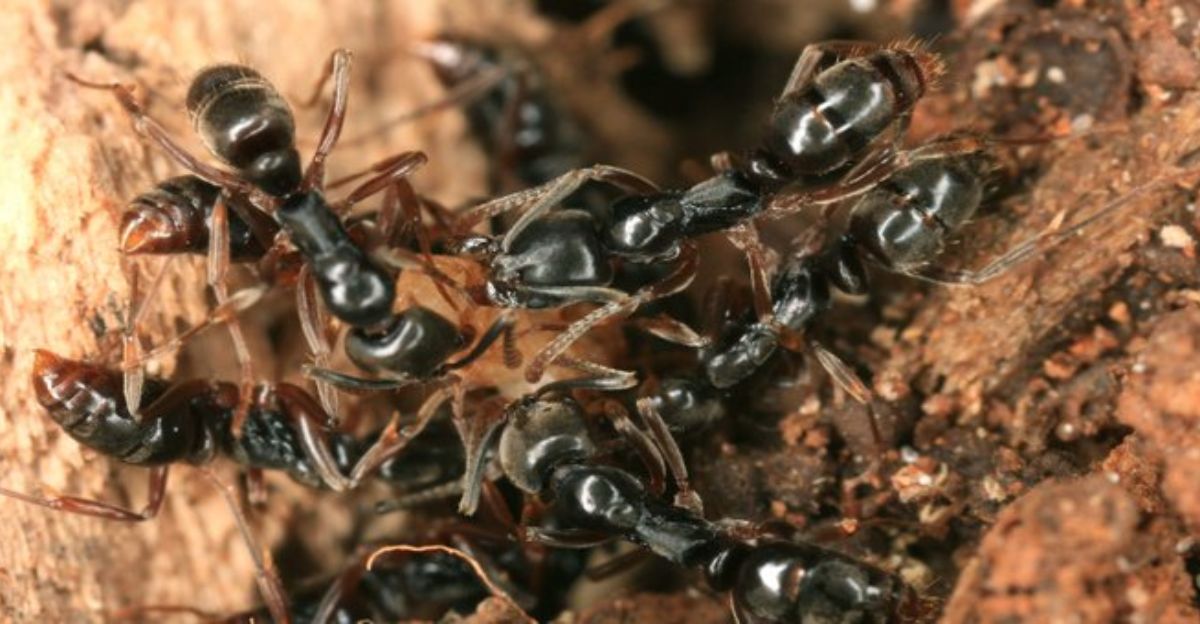
Initially identified in Georgia during the 1930s, the ants flew under the radar for decades. Now they’re on the move—and fast. The Asian needle ant has been identified in more than 20 states, ranging from Washington to Florida.
Unlike the majority of invaders, they don’t require disrupted soil to prosper. They’re equally at home in undisturbed forests as in your backyard woodpile. And that’s among the things that make them so dangerous.
The Sting That Kills

The Asian needle ant is notorious because of its sting. Small as it is, this ant stings with venom that can cause anaphylaxis—a life-threatening, sometimes deadly allergic reaction.
For individuals allergic to insect stings, one attack might just be lethal. Specialists recommend that individuals at risk carry an EpiPen with them, particularly in the sweltering summer months when ants breed and these sneaky stingers are most active.
Upsetting Nature’s Balance

It is not only humans that should worry. These ants are nature’s bullies. They displace native ant species, many of which serve important functions in forest ecosystems.
One of their most significant impacts? Interfering with seed dispersal. Certain native ants benefit plants by dispersing their seeds. But where needle ants take over, that function collapses—contributing to long-term forest understory decline down the road.
Hidden in Plain Sight
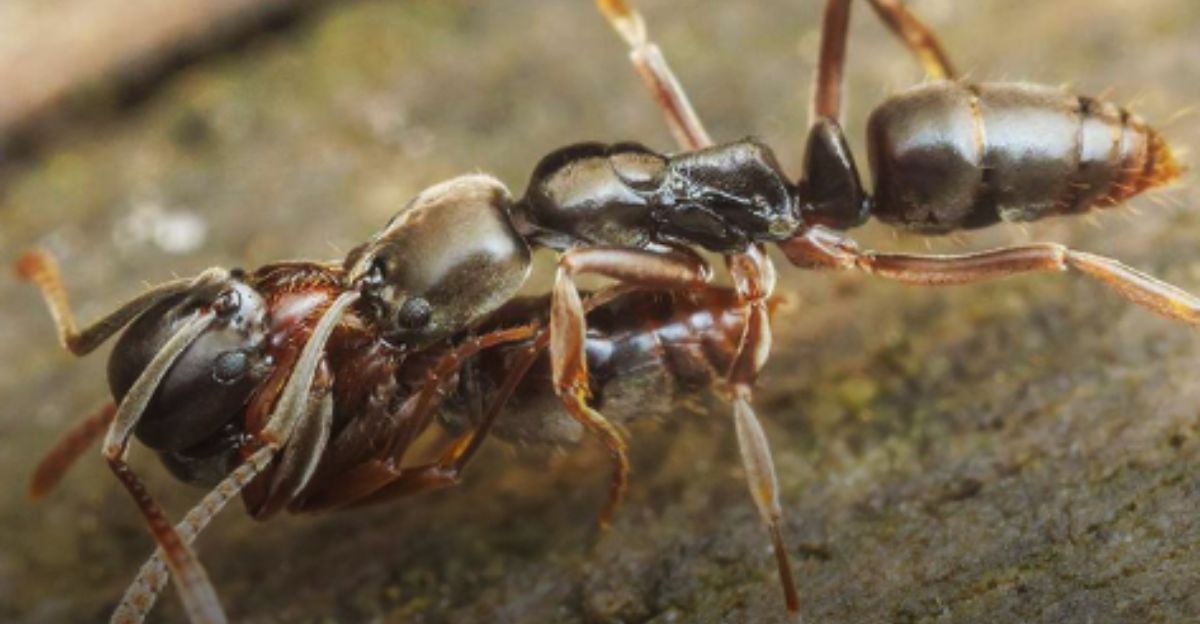
You won’t spot them along sidewalks or constructing high-rise nests. Asian needle ants like to keep out of sight—under leaf litter, rocks, logs, and debris.
That’s what makes them hard to discover. Their dark brown-to-black body and amber-colored legs and antennal tips will identify them, but a lot of other species appear very similar. That’s why identification is best left to the experts or local extension offices.
Experts Sound the Alarm

Professor Dan Suiter, an entomologist at the University of Georgia, is leading the call for awareness. “They inject venom that can harm you,” he warns. Suiter’s concern isn’t only medical—it’s ecological.
He and other researchers are watching the needle ant outcompete fire ants and other dominant species. The result? A shift in ant hierarchies—and consequences we’re only beginning to grasp.
20 States and Counting
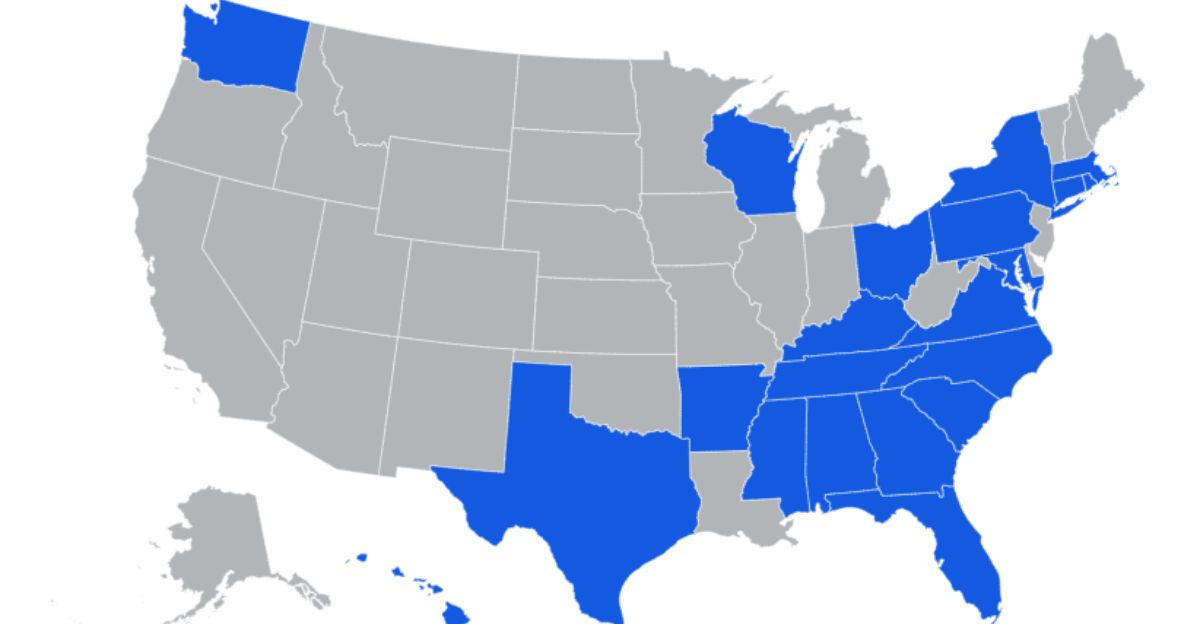
Based on tracking information at antmaps.org and multiple university sources, Asian needle ants have invaded at least 20 U.S. states. Some of the hot spots are in Georgia, South Carolina, Alabama, Texas, and even the Pacific Northwest. Because they can take hold in warm and temperate climates, it’s hard to tell where they’ll infest next—and even harder to prevent.
An Old Arrival, A New Problem
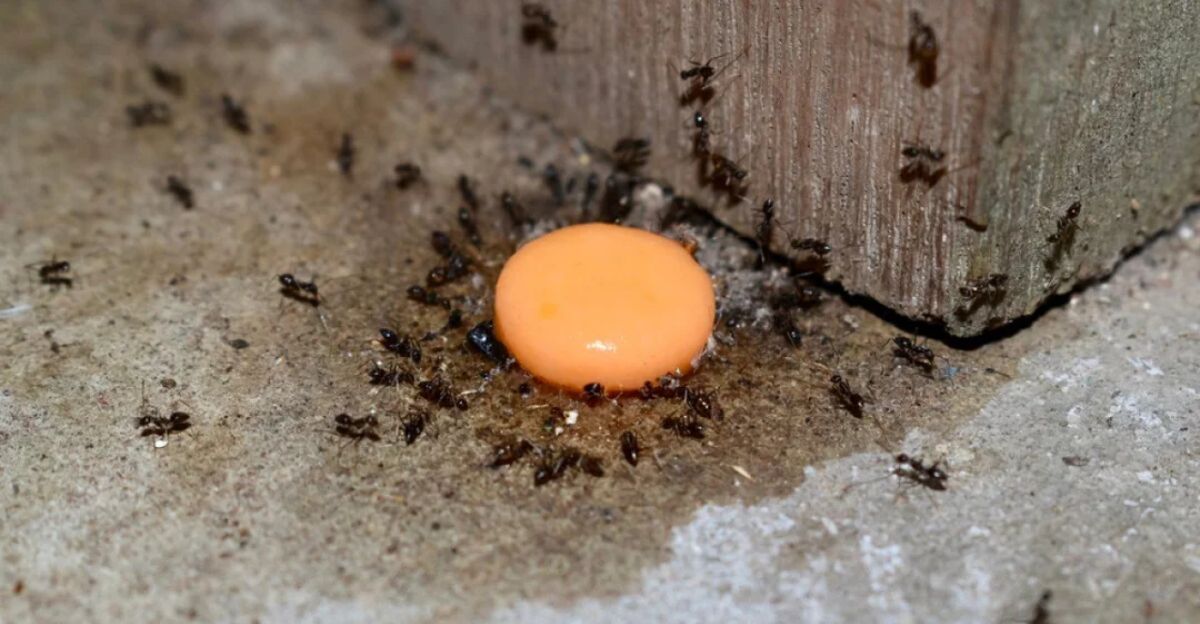
Despite their recent rise in headlines, these ants have been in the U.S. for nearly a century. So why the sudden concern? For decades, they flew under the radar, living in small pockets.
But now, populations are booming. And with climate change creating more favorable conditions, scientists worry this will only get worse. The needle ant may have been quiet—but it’s no longer staying small.
How to Identify One

Asian needle ants measure approximately 0.2 inches in length. Their dark, shiny bodies and lighter orange-brown legs render them unique—if you know what to look for.
But here’s the catch: a lot of other ants appear similar to the untrained eye. So if you suspect you have an infestation, experts suggest mailing a sample or photo to a local entomologist or cooperative extension office for confirmation.
What to Do If You See One

If you believe you’ve seen an Asian needle ant, don’t panic—but don’t disregard it, either. Avoid direct contact, particularly if you’re aware you’re allergic to stings.
Alternatively, capture a specimen if you can do so safely, or photograph it. Reach out to your local extension or pest control professional. And above all, avoid leaf litter or decaying wood where these ants like to nest.
Why Eradication May Not Be Feasible

Unfortunately, this is not a villain we can simply defeat. The U.S. Forest Service and others acknowledge it’s probably too late to completely eradicate Asian needle ants.
Their stealth, nesting behaviors, and adaptability make them difficult to manage. But awareness still matters. By monitoring populations and preventing wood and debris transport from location to location, we can slow their spread.
Safeguarding Yourself and Your Belongings

Experts recommend taking some basic precautions: remove debris, keep firewood off the ground, and use gloves when gardening in suspect areas.
If you reside in a needle-ant region and are allergic to stings, make sure to carry emergency medication. And don’t be curious—disturbing a concealed colony has painful repercussions.
A Small Threat With a Big Impact
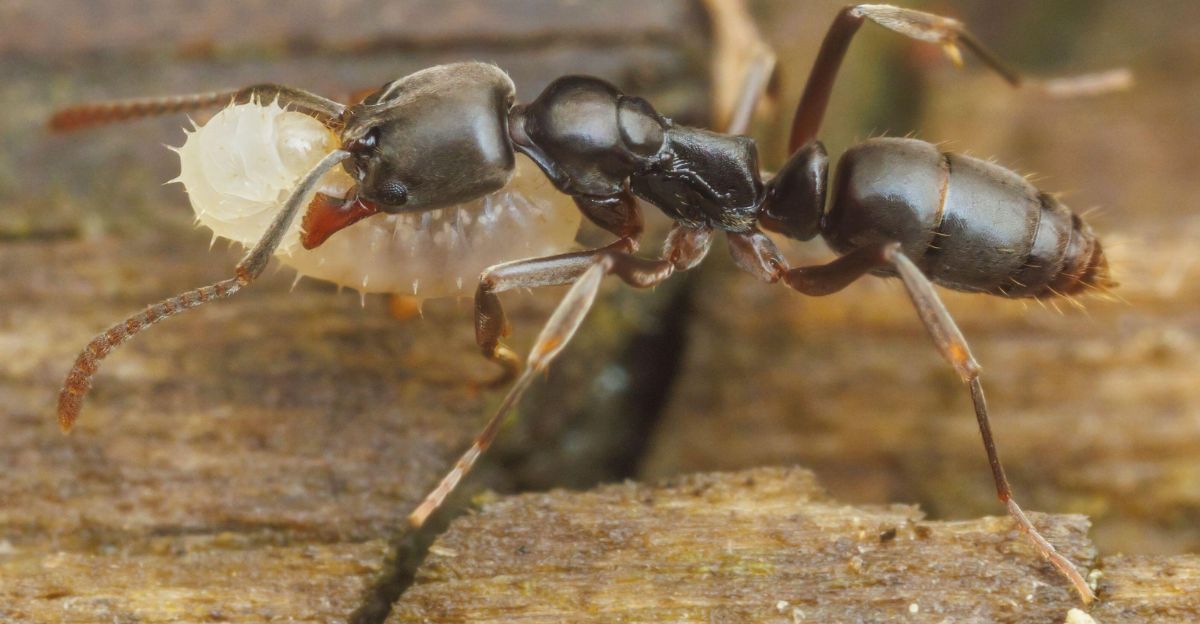
The Asian needle ant itself is tiny, yet its impact is disproportionate—from disrupting forest ecosystems to threatening human life. As with most invasive species, its prospects in the U.S. appear to be permanent.
Yet informed citizens can still mitigate the harm. So the next time you turn over a log or rake leaves in the yard, remember that more than bugs may be lurking in the wings.
Explore more of our trending stories and hit Follow to keep them coming to your feed!

Don’t miss out on more stories like this! Hit the Follow button at the top of this article to stay updated with the latest news. Share your thoughts in the comments—we’d love to hear from you!







